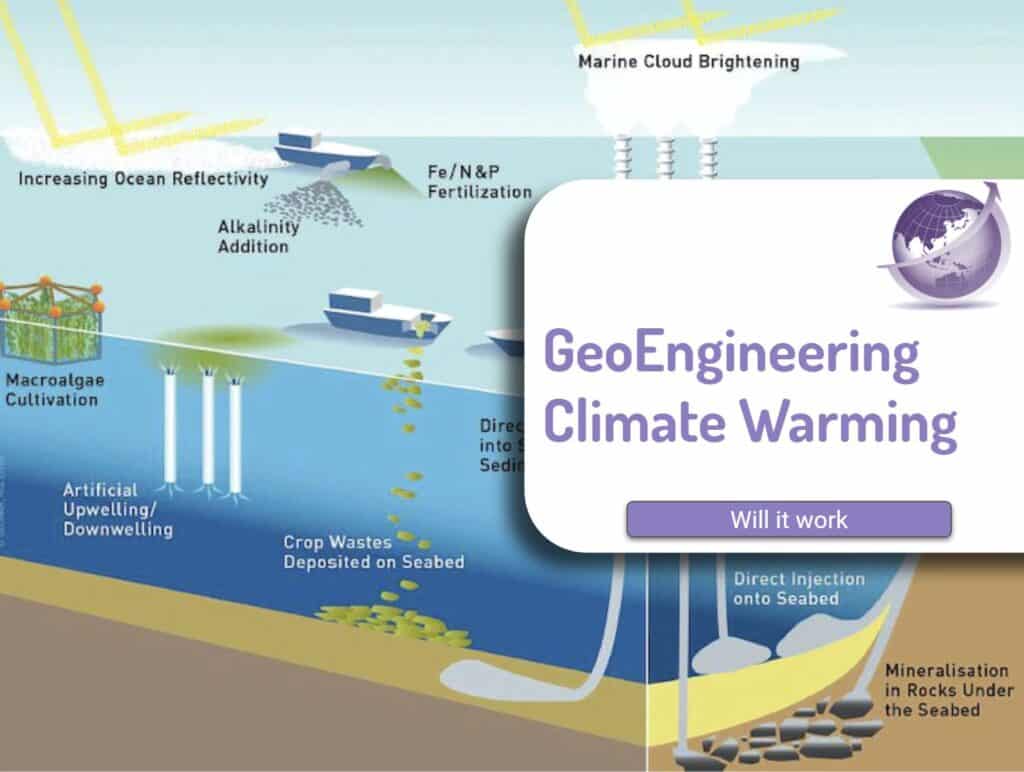Non-CO2 emissions play a significant role in contributing to greenhouse gas emissions and climate change. While carbon dioxide (CO2) is the most well-known greenhouse gas, other gases contribute over 25% of the problem. Efforts to reduce non-CO2 emissions are slow, yet they could make a 8 times greater impact than reducing CO2.
In podcast 146 from Cleaning Up Jason Anderson from ClimateWorks spells out that super pollutants can be fixed much faster, but there is political reluctance.
Over the next 20 years, there’s seven times more climate benefit from reducing non-CO2 gases than CO2 gases on a 1.5 Paris Agreement degree trajectory.
Jason Anderson, Climate Works

Non-CO2 Emissions Table
| Chemical Name | Quantity Used | CO2 Equivalent Emissions Intensity (kg CO2e/kg) | Half-Life (Years, source) | Major Uses | Source |
|---|---|---|---|---|---|
| Methane (CH4) | 570 Mt CH4 (2020) | 25 (IPCC 2013) | 12 (IPCC 2013) | Oil and gas production, livestock farming, waste management | https://www.nature.com/articles/nature10322 |
| Nitrous Oxide (N2O) | 7.6 Mt N2O (2020) | 265 (IPCC 2013) | 114 (IPCC 2013) | Agriculture, industrial processes, fossil fuel combustion | https://www.nature.com/articles/nature10322 |
| Sulfur Hexafluoride (SF6) | 74 kt SF6 (2018) | 23,500 (EPA 2020) | 3,200 (EPA 2020) | Electrical transmission and distribution, electronics manufacturing | https://www.epa.gov/global-mitigation-non-co2-greenhouse-gases/global-non-co2-ghg-emissions-1990-2030 |
| Nitrogen Trifluoride (NF3) | 450 kt NF3 (2016) | 7,200 (EPA 2020) | 74 (EPA 2020) | https://www.epa.gov/global-mitigation-non-co2-greenhouse-gases/global-non-co2-ghg-emissions-1990-2030 | |
| Hydrofluorocarbons (HFCs) | Varies by specific HFC | 140-11,700 (IPCC 2013) | Varies by specific HFC (1-300 years) | Air conditioning, refrigeration, foam blowing agents | https://www.nature.com/articles/nature10322 |
| Perfluorocarbons (PFCs) | Varies by specific PFC | 7,100-12,200 (IPCC 2013) | 50-50,000 years (IPCC 2013) | Electronics manufacturing, aluminum production, semiconductor industry | https://www.nature.com/articles/nature10322 |
Notes:
- Mt = million metric tons, kt = thousand metric tons.
- CO2 equivalent emissions intensity refers to the amount of CO2 emissions that have the same warming potential as one kg of the listed non-CO2 emission.
- Half-life refers to the time it takes for half of the emitted gas to be removed from the atmosphere.
- Sources listed may provide further information on specific emissions and their properties.
Additional Information:
- This table lists only a few examples of non-CO2 emissions.
- The relative and absolute impact of each gas on climate change varies depending on its emissions intensity, lifetime, and other factors.
- Addressing non-CO2 emissions is a crucial part of tackling climate change alongside reducing CO2 emissions.

SF6 – Transmission Dilemma
SF6 is a large molecule and primarily used in large transformers. It is incredibly active – 26,000 times more than CO2 so a little adds up. Nike used it for its Air-Jordons to give the bounce. They no longer. European regulations enacted will have it out by 2032.
Methane
New measuring tools enable fugitive emissions tracking. Note that coal emissions did not include methane emissions. Gas includes methane accounting. For many years methane emissions from coal were ignored. We now know coal mines are methane bombs (see Ember on Australian Coal Mines). For a more detailed look at methane emissions check out IPPC or IEA Methane and Climate Change
In 2021, methane (CH4) accounted for 12% of all U.S. greenhouse gas emissions from human activities. (EPA).
Other Gases










